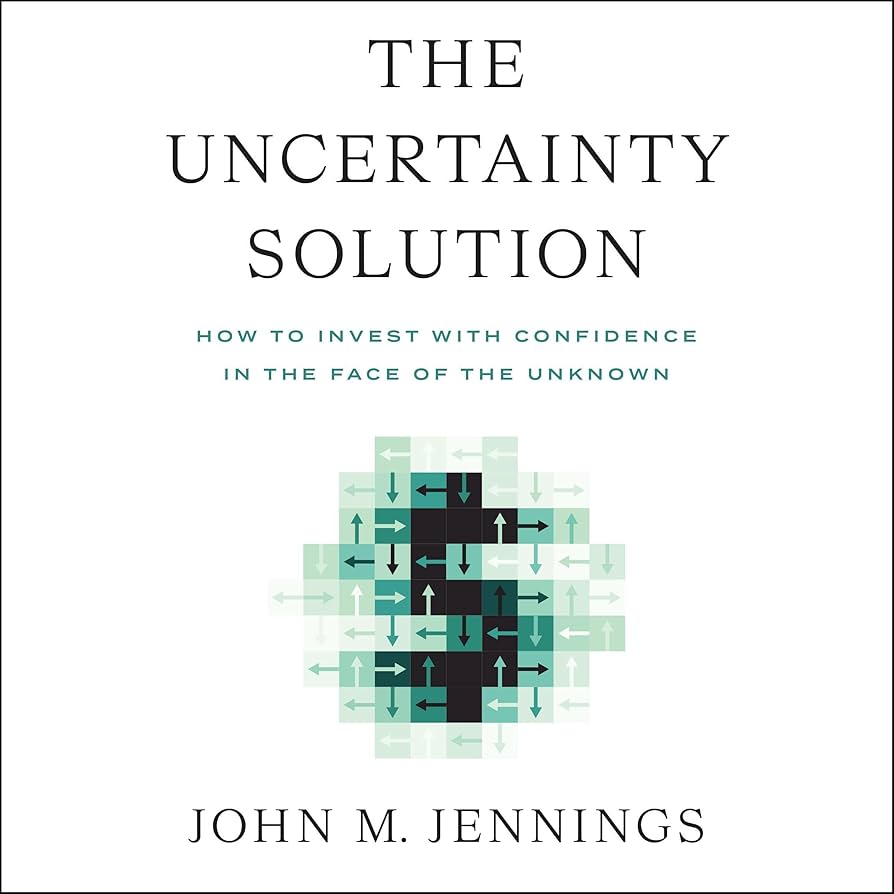We live in an incredible time. There’s a world of information in our pockets. But we don’t always end up making world-class decisions- especially with money!
As a financial advisor, I’m grateful people can use knowledge and technology to empower themselves financially. But it breaks my heart to watch the do-it-yourself (D.I.Y.) crowd make irreversible errors with their life savings.
Below, I’ve listed the 4 biggest mistakes I’ve seen with self-directed investments. Feel free to use them to avoid falling in the same traps yourself.
#1 Not Taking Enough Risks (With the Right Money)
The biggest mistake is a lack of (healthy) risk. Compound interest is your most powerful ally. A couple percentage points on your ROI add up big in the long run.
But all too often, D.I.Y. investors default to overly conservative portfolios. They see a term like “aggressive growth” and get spooked, so they end up with way too much money (like 30%!) in bonds and other vehicles that don’t even keep them ahead of inflation.
Good growth from stock and real estate are the real powerhouses behind your accumulation of wealth. Historically speaking, their risks are worth it when they’re taken with the right money. That is, your much-later-needed retirement money (i.e. money you’re not touching for 15 – 30 years). In my experience, people almost always look back on their retirement savings and wish they would have put more into these riskier vehicles.
Please Note: CDs, high yield savings accounts, and I Bonds are receiving lots of attention. It makes sense given how high their yields are. But these products still aren’t rescuing anybody. With I Bonds, you can only have $10,000 per person. And with present inflation, CDs and high yield savings accounts are losing even more than they were when their yields were near 0%.
#2 Taking Too Many Risks (With the Wrong Money)
There’s also the mistake of taking too many (unhealthy) risks. If you’re wondering why you wouldn’t want all your money rocketing in more aggressive growth positions, here are some some reasons:
Emergency Savings: You’ll want 3-6 months of living expenses on-hand in a liquid account. Why' Because when life’s B.S. comes your way, you’re able to handle it immediately. You’re not having to sell positions that may be down at the moment, and you’re not desperately waiting for the markets to open so you can sell and transfer your investment money.
Education Savings (Closer to College Years): If you’ve got a decade to strategize for college-bound kids, then by all means explore more aggressive ways to save. But if that first (or next) invoice is one, two, even three years away, it’s probably time to shift gears into something safer.
Sequence of Returns Risk: In the early years of your retirement, your nest egg is at its most vulnerable. It needs to be preserved at a high enough level to keep the longevity of your retirement intact. For this reason, it’s imperative to re-evaluate what portion of your savings can afford to take risks, and what portion needs to be more stabilized.
#3 Underestimating the Power of Media
We like to see ourselves as independent thinkers. But all of us can succumb to bad ideas with the right amount of noise. Here are some examples of where I see people underestimating the power of the media:
Sensationalism and Reliability Don’t Mix: Stocks, bonds, real estate, and cash. I know they’re so old school that they put you to sleep. But with them, you’ll often sleep fine. The media can keep you awake with their hype trains, but their final stops in NFT-Ville, Crypto-Town, and Cannabis-Land are often real-life nightmares. And don’t get me started on political divisiveness in media. Please, please, please don’t take your financial advice from the pinheads on cable news networks (or worse, the commercials you see in between programs).
Comparison Will Steal Your Joy and Money: Did you hear about the meme stock that made your friend an overnight millionaire' Did you see that new car, renovated house, and catered party on your friend’s social media' Unfortunately, these incessant highlight reels online trigger many people to hate themselves and overlook their own progress. Then, they make impulsive financial decisions that don’t align with their long-term goals, weigh the risks, or account for an exit strategy.
Distractions Keep You Unfocused: Your savings need to be systemized. But consistently budgeting, planning, reviewing progress, and delaying gratification isn’t exactly prime time entertainment. This is where the media is arguably the most damaging. If you’re not careful, weeks, months, and even years will slip by without forming healthy financial habits.
#4 Overestimating the Cost of Working with a Professional
Remember, a few percentage points on your ROI makes a huge difference when compounded overtime. And for that exact reason, many D.I.Y. investors see the cost of working with professionals as too great to be worth it.
But this cost is often overestimated when you consider…
Your Own Lack of Time: Oh, if I only had a nickel for every time a client says, “I still haven’t done that yet.” Lots of people forget to make a deposit, invest the funds afterwards, replace a holding, rebalance their portfolio, not panic sell, or sell when we advise them to. There’s so many costly mistakes that can occur because you don’t devote the time. We notice that buying investments is the easy part – it doesn’t take much skill. Skillful maintenance and the discipline to sell investments is often where people are under-qualified.
Opportunity Costs: Hesitation and a lack of confidence in what you’re doing can cost you big. How much of your time is going to be spent worrying if you have the right approach' How much more money could you make focusing on the areas you’re best at' How much of your attention will have to go to studying investments to properly recalibrate your portfolio over time' These are huge opportunity costs D.I.Y. investors often fail to consider.
Costs of Making Mistakes: Many D.I.Y. investors are taking too few healthy risks, and too many unhealthy risks. They get emotional and act on impulses based on what they see in the media. They’re unfamiliar with the sequence of returns risk, and how they’ll need to protect their retirement against it. These mistakes can cost them far more than going with a pro.
It’s Not Just A Numbers Game: An advisor is a coach. Someone who is there in your corner when money gets tight, the market acts up, media goes crazy, and tragedy strikes. Emotions can make or break your financial plan, and having someone to go through them with makes sticking to the right long-term plan a lot easier.
Advisors Can Pay For Themselves: A Vanguard study found that an advisor who followed their wealth management framework could add ~3% in net returns. In cases like this, an advisor’s ability to keep your investments cost effective, properly allocated, tax efficient, and withdrawn wisely can more than make up for their fees.
How Crafted Finance Can Help You Avoid These Mistakes
At Crafted Finance, we’re able to remove the headaches of having to invest on your own. That’s because we form a lifelong partnership that keeps your portfolio aligned with your values and ever-changing needs.
Many D.I.Y. investors struggle to maintain a healthy amount of risk, relationship with their emotions, and understanding of opportunity costs. There’s no shame in facing these challenges. And our team is here to help find the approach that’s going to work best for you.
If you’re interested in learning more about working with an investment professional, please don’t hesitate to reach out. Call us at (650) 336-0598, or schedule a complimentary consultation at a time that works best for you.













